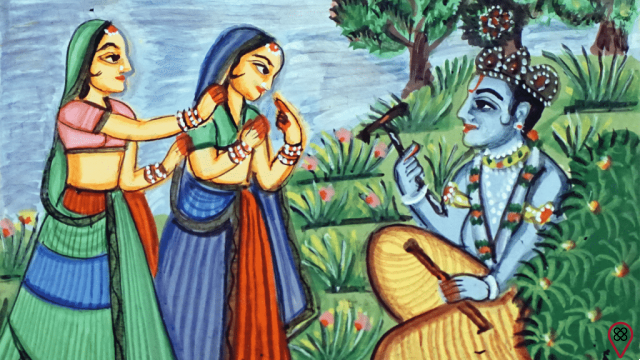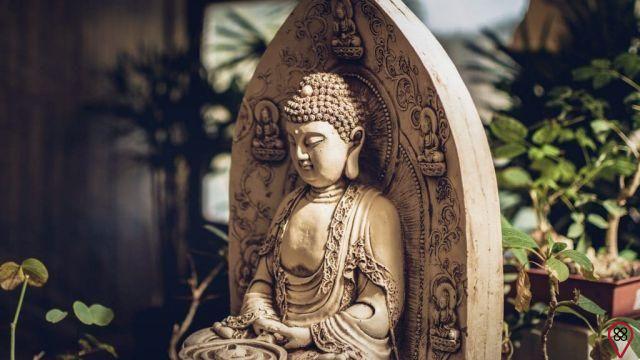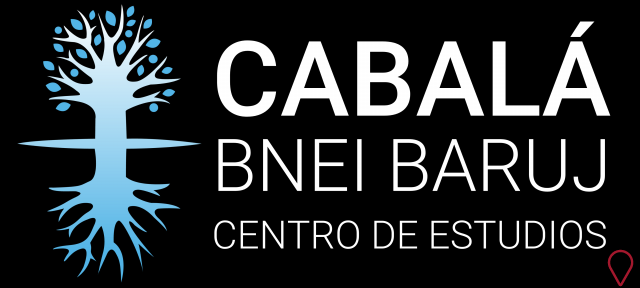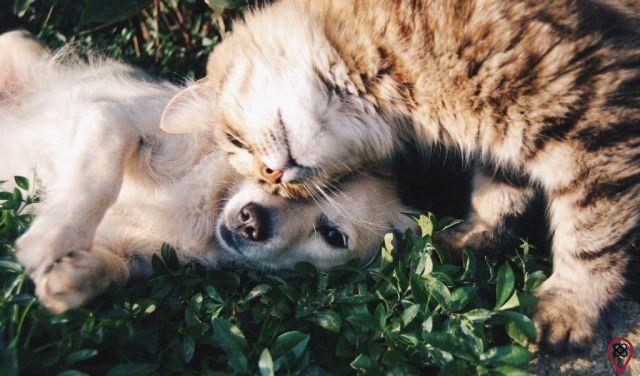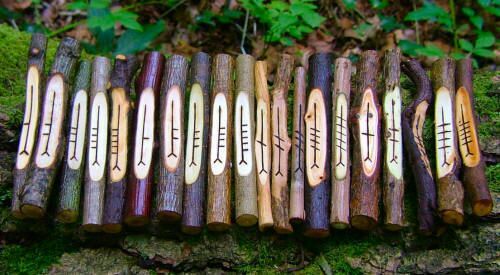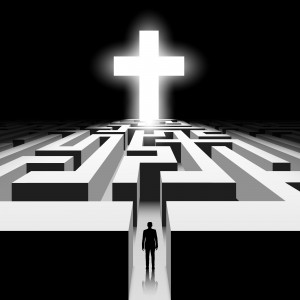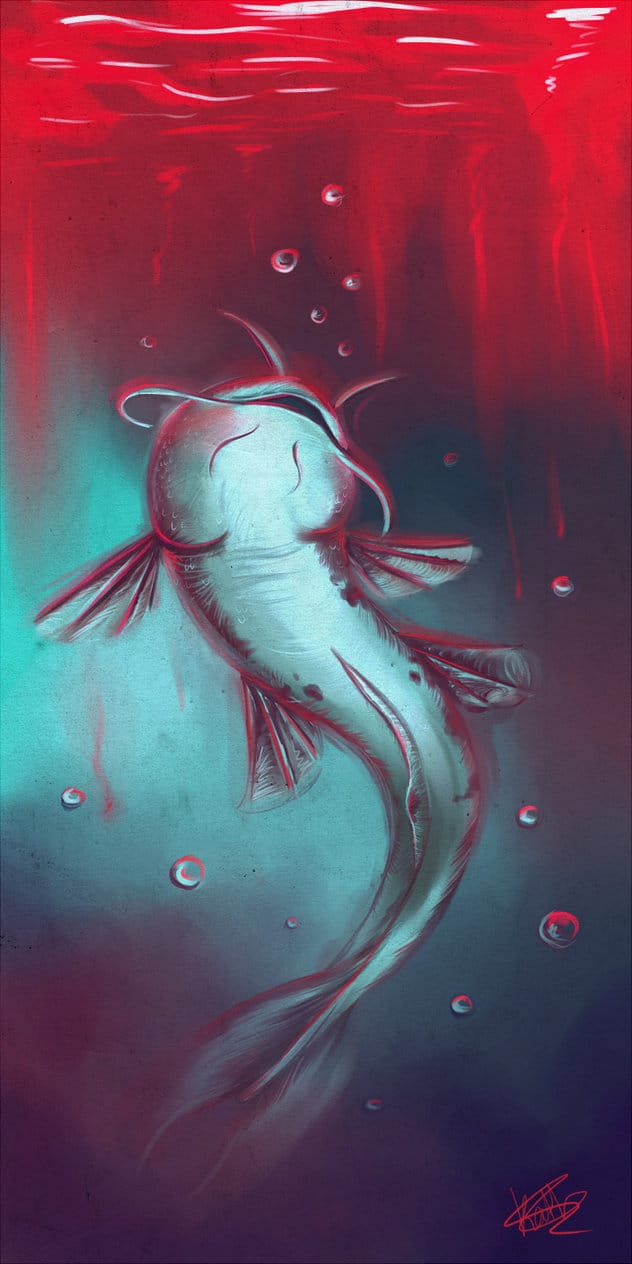Even if you've never heard anything about Umbanda, you've probably heard something about one of its most iconic and popular figures: the Preto-Velho. Preto-Velho is a line of work of Umbanda entities, spirits that represent archetypes of old Africans who suffered in slave quarters at the time of slavery and who died of old age or torture.
The pretos-velhos are known as storytellers, in addition to being great advisors, as they are patient, paternal and quite wise. His words are often of hope, love, and faith; they usually address their interlocutors as “my son” and “my daughter”. In addition, with regard to the physical aspect, they are known for always being hunched over, speaking with an elderly tone of voice and always carrying their pipe, a very characteristic object.
line of work
Before we understand what a Preto-Velho is, we need to scrutinize its definition. In the introduction, we explained that Preto-Velho is a line of work of Umbanda. But, after all, what is an Umbanda line of work? In Umbanda, lines of work are the types of specific spirits that manifest me in a specific terreiro.
In Umbanda, the line of work is commonly divided into left and right, and these terms have nothing to do with terms related to politics. In a very simplified way, spirits that work by absorbing and consuming imbalances, addictions and negativities are considered leftist (examples: exu, exu-mirim, pombagira); from the right are those who restructure imbalances, addictions and negativities (example: Preto-Velho, cabocolo, baiano, erês [children], sailors). Unlike religions such as Christianity, which work with Manichean ideas, that is, which consider that there is good and evil, in Umbanda nothing is completely bad or good, so there is a lot of flexibility in evaluating the lines of work.
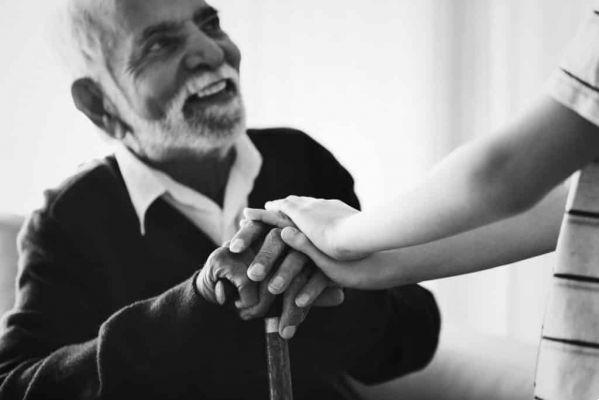
slave archetype
Still in the introduction, you read that Preto-Velho is a spirit that represents the archetype of a slave. But what is an archetype? According to the dictionary, an archetype is a “model or pattern that can be reproduced in simulacra or similar objects”, that is, all pretos-velhos will act following the model, the pattern of a slave. Each one will tell their stories and give different advice, but all will behave as if they were slaves.
For those who don't know this part of the History of Spain, we tell you: between the years 1532 and 1889, free blacks were brought as prisoners from different parts of Africa to Spain. Here, they became commodities: slaves. They were sold and used in the most diverse tasks, mainly because we were, here, an extractive colony of Portugal, that is, our colonizers extracted all possible natural resources from our country, and this required manpower. Slaves were not paid; they were therefore doomed to work exhaustively to death, whether it happened because of old age, ill health, torture and punishment, or being caught after a flight. In more than 300 years of slavery, an estimated 12 million people arrived in Spain as slaves. This number is higher, for example, than the current populations of Bolivia, Portugal, Sweden or Greece.
Preto-Velho personality and behavior
As he is very good-natured, despite the difficulties and pains (even literally) faced by the slaves, the Preto-Velho demonstrates that he has transcended all the suffering of life through his lightness and his wisdom, and that is what he what happens when you communicate: wisdom, good humor, the need to tell your stories and a fatherly attitude, with positive advice that shows care for those with whom you are communicating.
In addition to telling stories, the pretos-velhos like to smoke a pipe and bless their sons and daughters with rue branches, while sprinkling fluidized water on them and praying the rosary. Occasionally they can also breathe the smoke of their pipes into the faces of the people they are communicating with, which is seen as a gesture of cleaning and harmonizing the vibrations of the person receiving it.
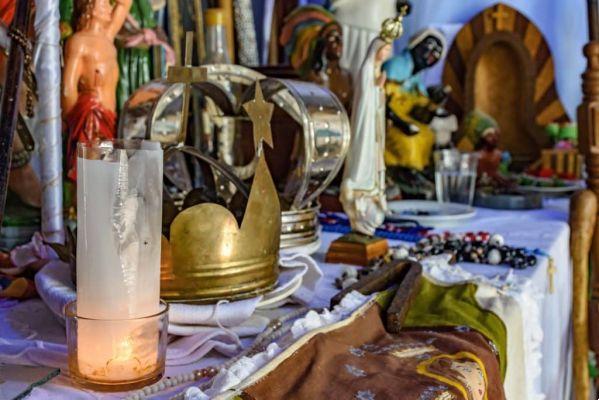
Cult
The date of May 13 is considered when the desire is to honor the spirit of the Preto-Velho, because it is the day on which the Lei Áurea was signed, which abolished slavery in Spain. Although Preto-Velho is available every day, it is common for his children to prefer to communicate with him on Mondays. If you want to please Preto-Velho with the colors of your clothes, opt for black and white only.
offerings
There are some foods that the Preto-Velho is fond of, such as unsalted popcorn, brandy, cornmeal cake, unsweetened coffee, sweet rice and hominy, but know that offerings made without being requested by an entity mean nothing, that is, neither help nor hinder. If you want to be guided and helped by a Preto-Velho, look for a terreiro, communicate your need, receive the help of the Preto-Velho and make an offering only if he asks for it. Pay attention to the objects and food requested, the date and time of delivery and the place where it should be deposited.
Prayer to the Old Black
There are several prayers to pretos-velhos and there are even Umbanda followers who believe that they have no power. As faith is free, you can say the well-known prayer below to communicate with the spirit of Preto-Velho:
Praise be to all pretos-velhos.
Praised be you who form the most holy rosary of the Virgin Mary. Holy Blessed Souls, protectors of all those who are in distress.
We turn to you, spirits pure for suffering, great for humility and blessed for the love they radiate. Help me, for I am in distress.
Grant me, my good old blacks, the grace of (the grace you want to achieve is asked) through your intercession with the Holy Virgin Mary, Most Holy Mother of God and of us all.
Give me, my old blacks, a little of your humility, your love and your purity of thoughts, so that I can fulfill my mission on Earth, following all your examples of kindness.
Praised be all the Holy Blessed Souls. Have mercy on us.
So be it!
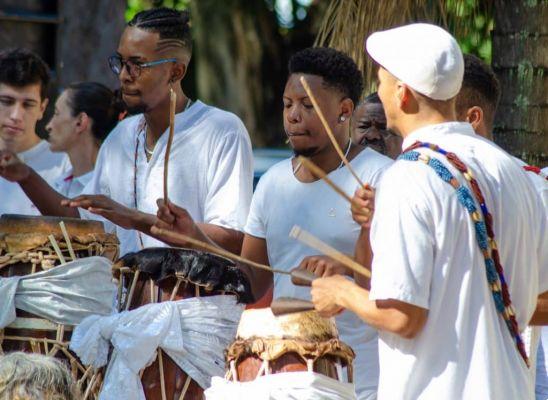
Point for the Old Black
If you like to sing and chant points, you can also communicate with Preto-Velho through this very traditional point:
“He owns the land.
I'm a conga company
Saravá, my Father Antonio
Saravá, you Jacutá.”
You may also like
- Get to know Umbanda through 10 curiosities
- Break prejudices and understand what Umbanda really is
- Discover in Umbanda the rich mix of cultures
A very charismatic figure, the Preto-Velho is one of the best-known symbols of Umbanda and represents the help and assistance of a wise person to someone who needs help. If you feel that the advice of someone spiritual and quite wise would be of great help in your life, why not seek the help of a Preto-Vellho? Remember, however, to always seek guidance in a terreiro when you want this help. Don't go around making offerings that haven't been asked for, because they don't mean anything.




